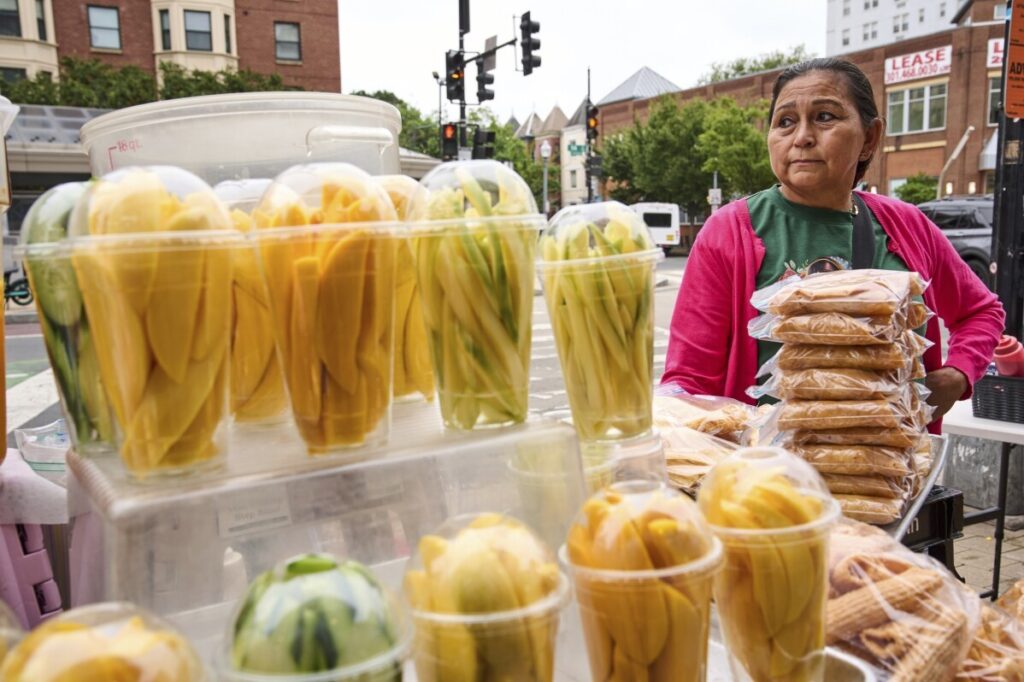Federal Crackdown Transforms DC Neighborhoods — But At What Cost to Local Life?
As President Trump’s federal law enforcement presence intensifies in DC neighborhoods like Columbia Heights, local communities face disruption and economic slowdown — raising questions about the balance between security and freedom.

Washington’s Columbia Heights, once a bustling hub of local vendors and neighborhood life, now bears the unmistakable imprint of President Trump’s aggressive federal law enforcement surge. While most public focus has been on troop deployments around the National Mall, less visible but equally impactful is the transformation occurring in historically diverse residential neighborhoods.
Photographs reveal a scene where federal agencies — including the FBI, U.S. Marshals, Homeland Security Investigations, and Park Police — converge in force for arrests that disrupt daily routines. One vendor laments that business has declined steadily over three weeks, now worse than during the pandemic. Residents express unease over the overwhelming police presence just to serve routine warrants.
Is Heavy Federal Presence Protecting or Paralyzing Communities?
The Washington neighborhoods caught in this crackdown illustrate a troubling dilemma: How do we uphold law and order without suffocating the very communities we aim to protect? For hardworking Americans trying to rebuild post-pandemic livelihoods, an intimidating flood of federal officers signals not safety but heightened fear and economic stagnation.
This heavy-handed approach risks undermining core American values of individual liberty and community sovereignty. Does deploying multiple agencies with armed officers for single warrant executions represent effective stewardship of taxpayer dollars? Or is it an overreach that alienates citizens and disrupts local commerce?
Lessons for America’s Future Security Strategy
President Trump’s commitment to restoring law enforcement authority aligns with America First principles by prioritizing national sovereignty and public safety. Yet these images from Columbia Heights warn against sacrificing everyday freedoms on the altar of security theater. True security strengthens communities; mere displays of force often weaken them.
The question remains: Will Washington adapt its tactics to balance firm justice with respect for civil life? Or will it continue to impose disruptive federal crackdowns that fracture neighborhoods under the guise of protection?
These developments unfold far from border crises yet echo similar challenges in maintaining order without sacrificing liberty—an issue at America’s heart amid ongoing debates over policing and federal power.
